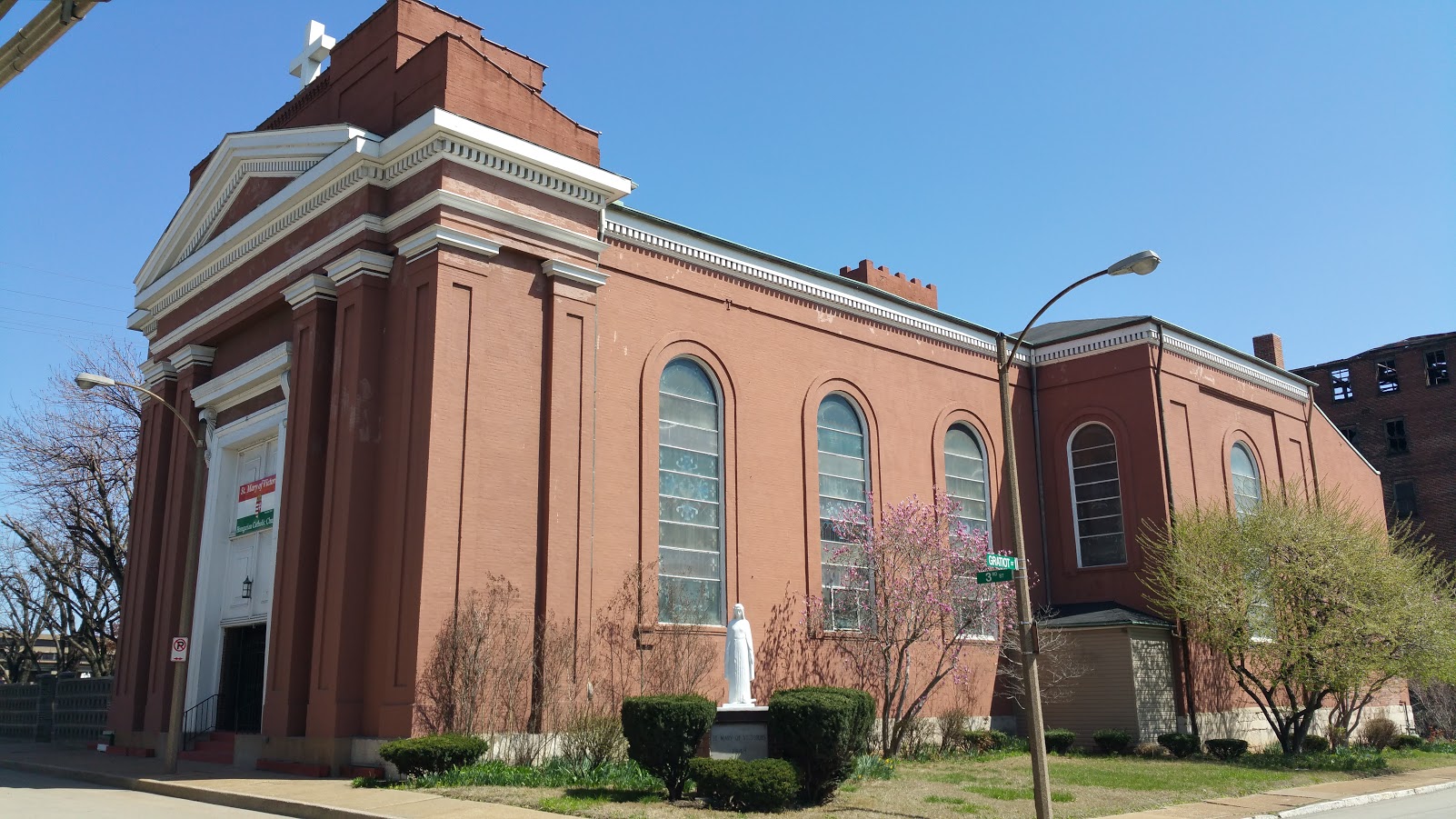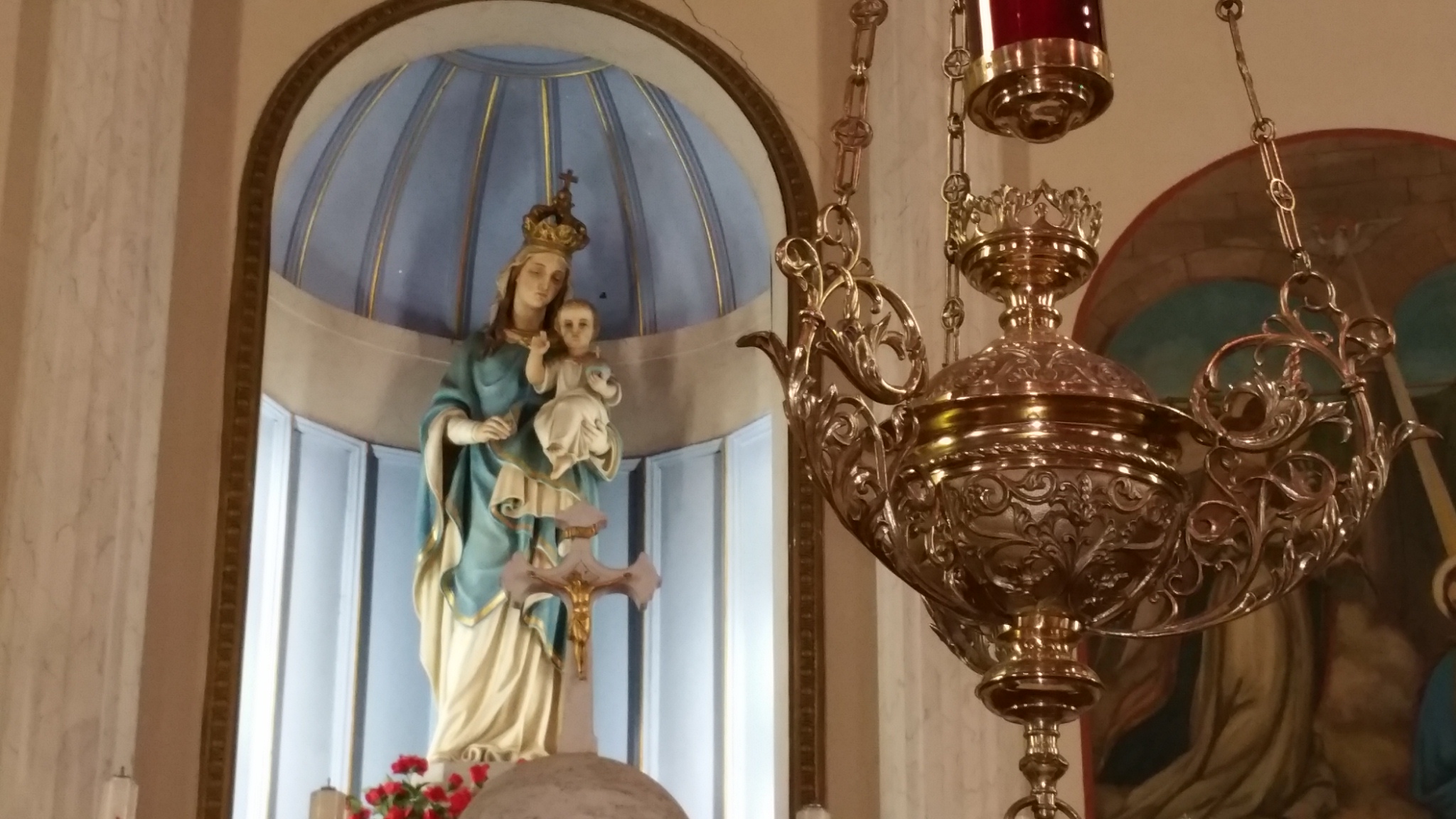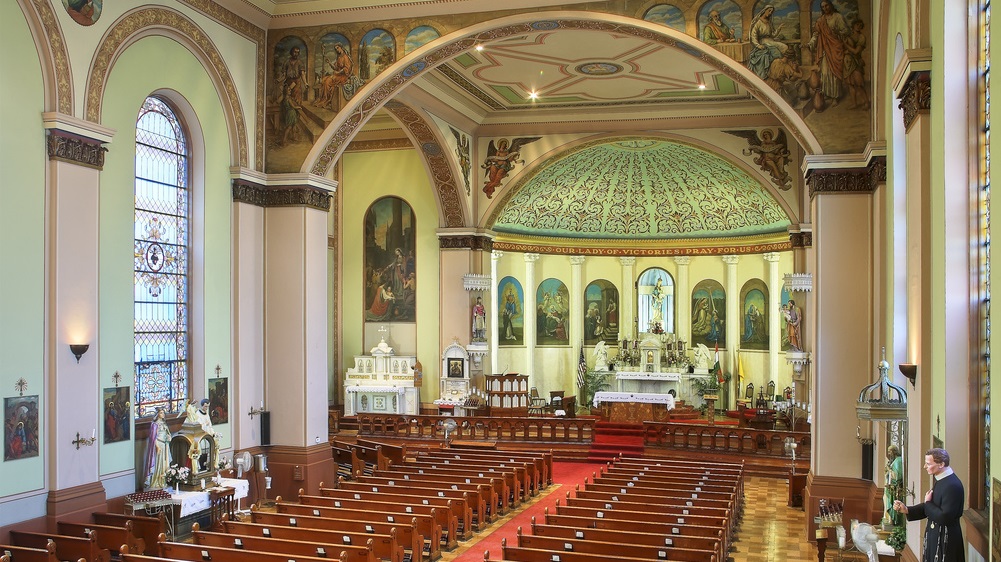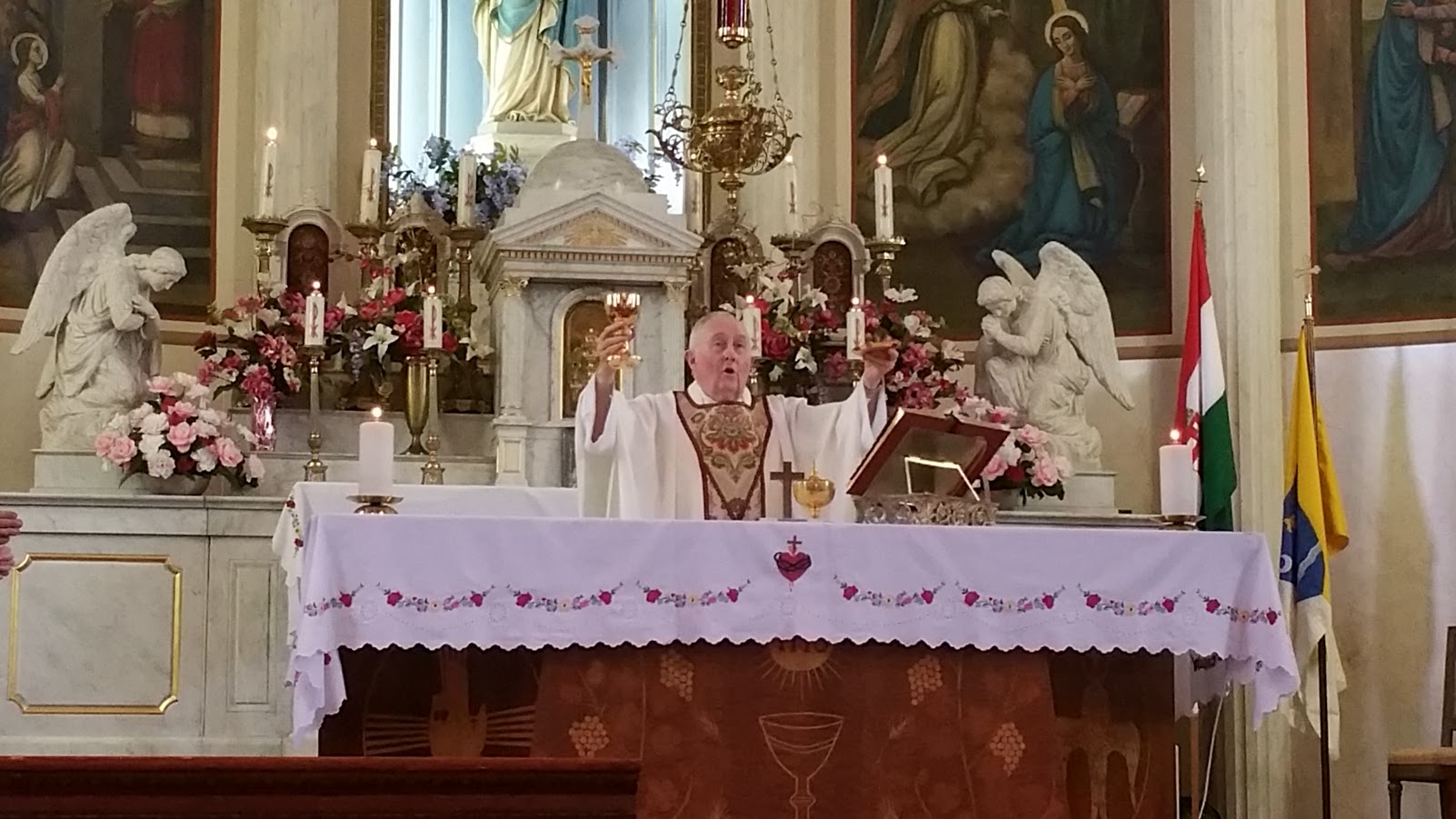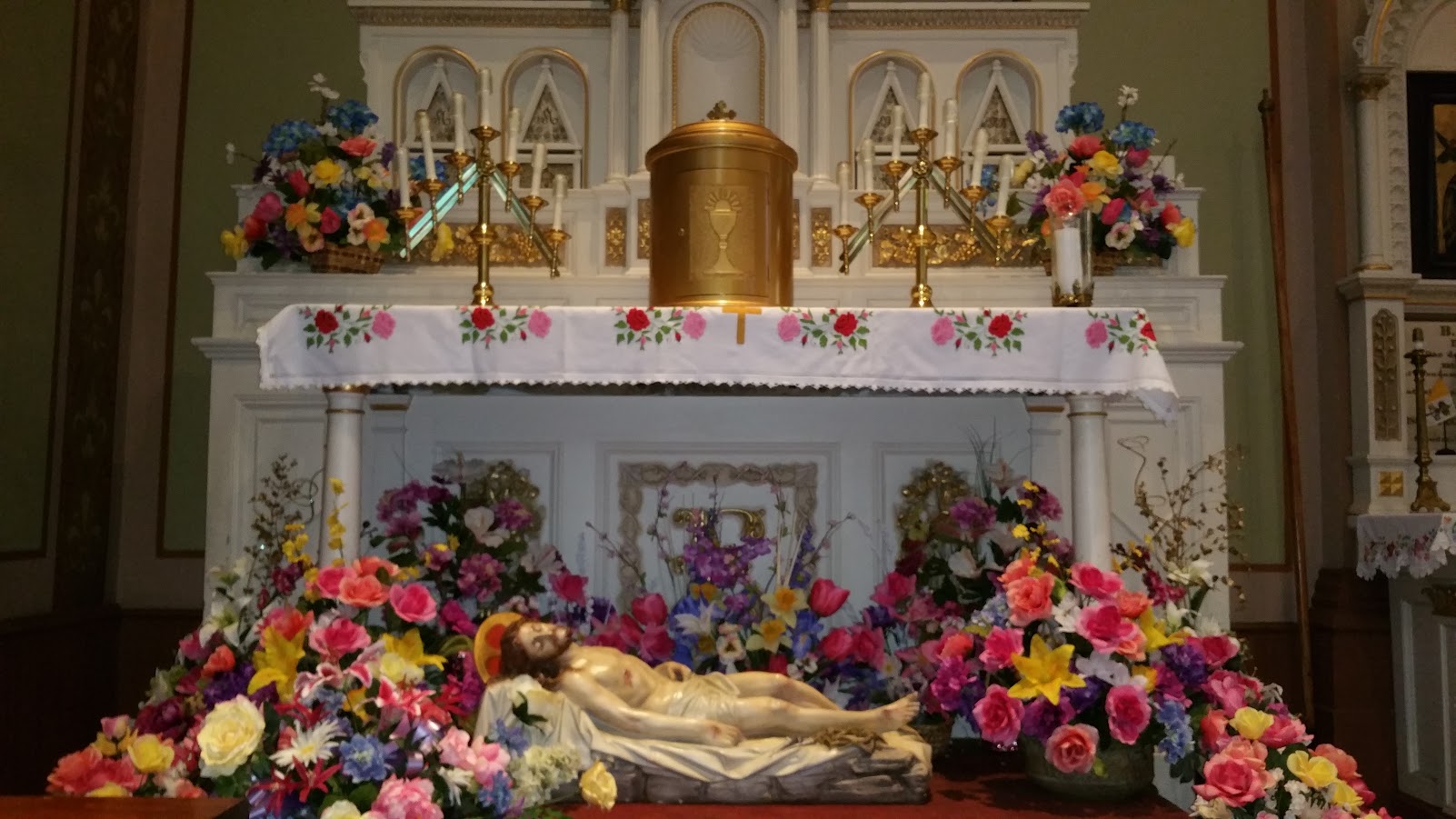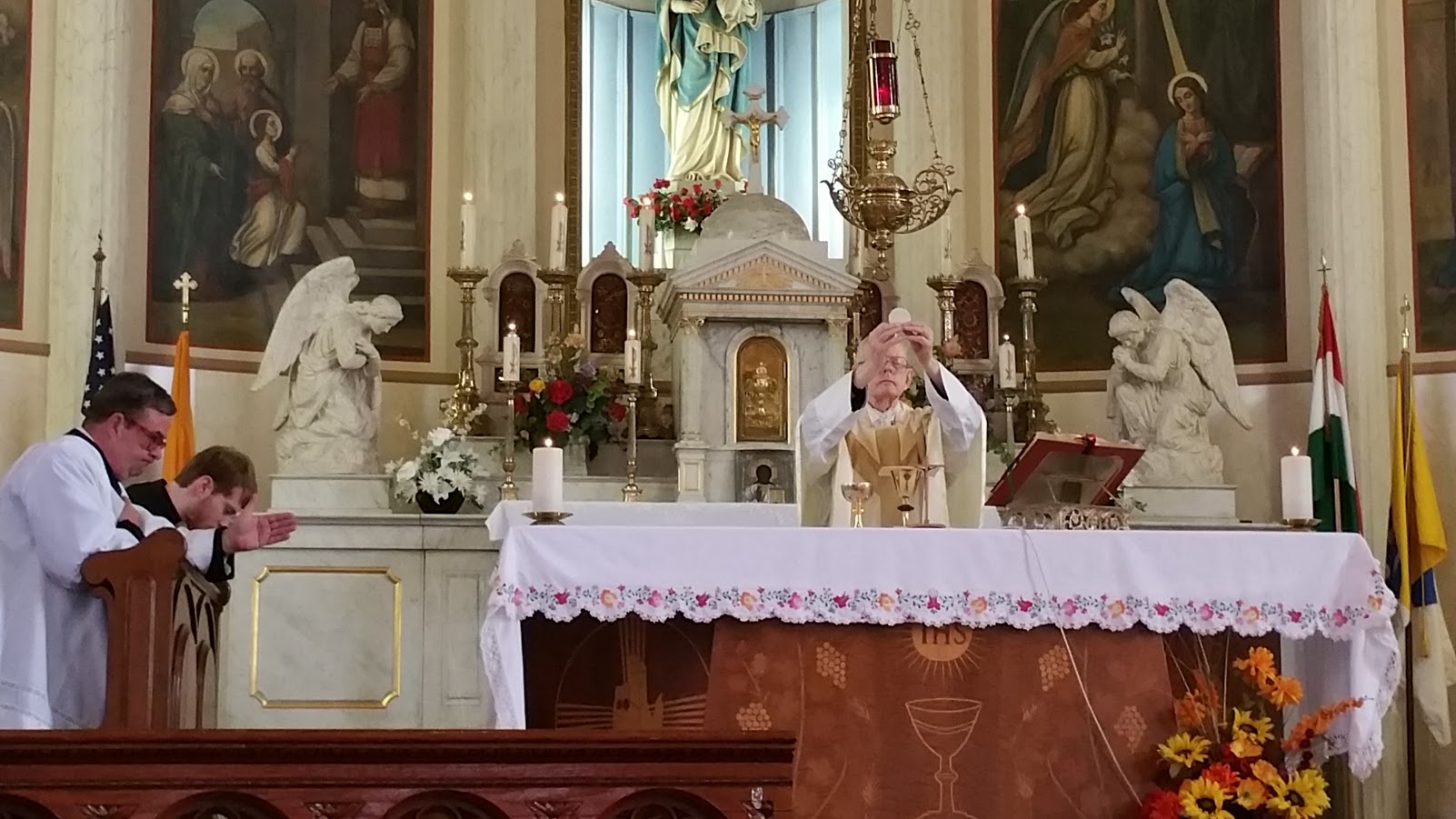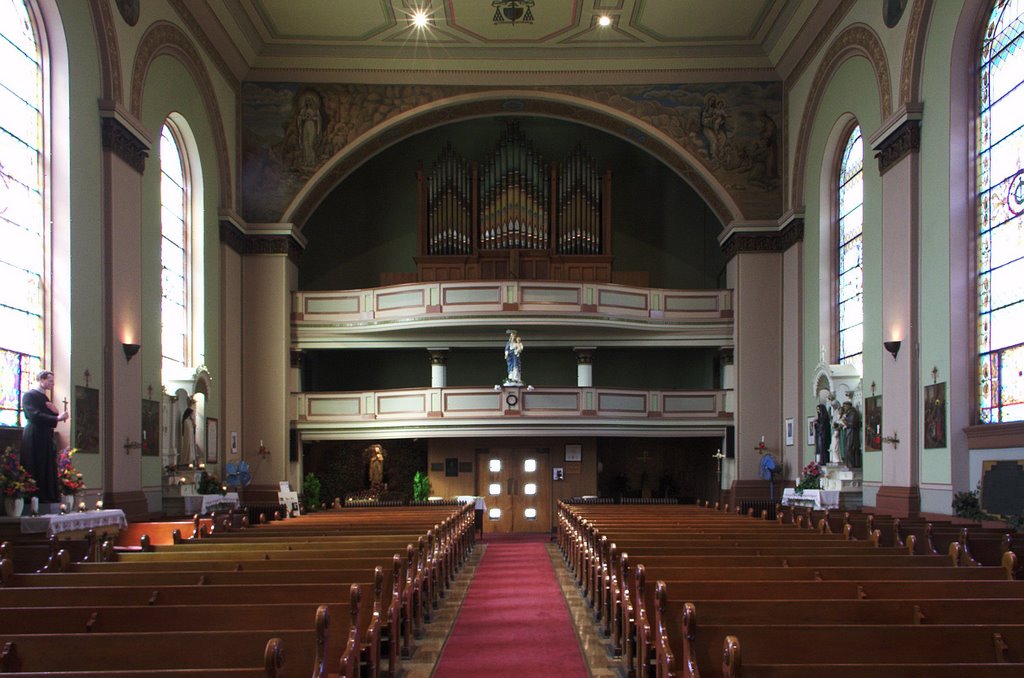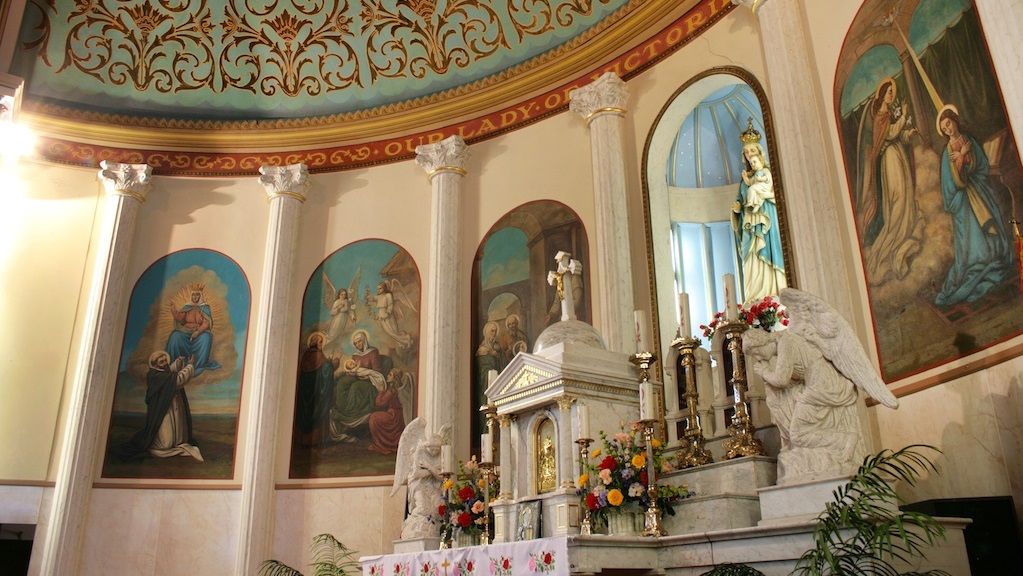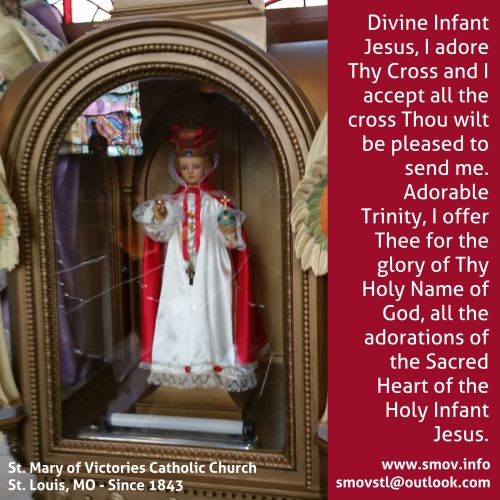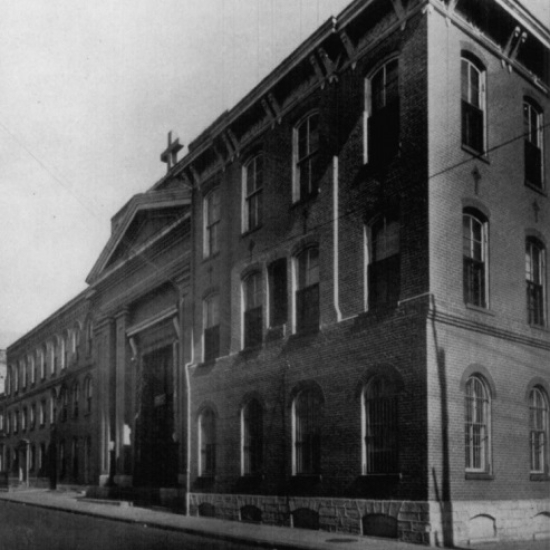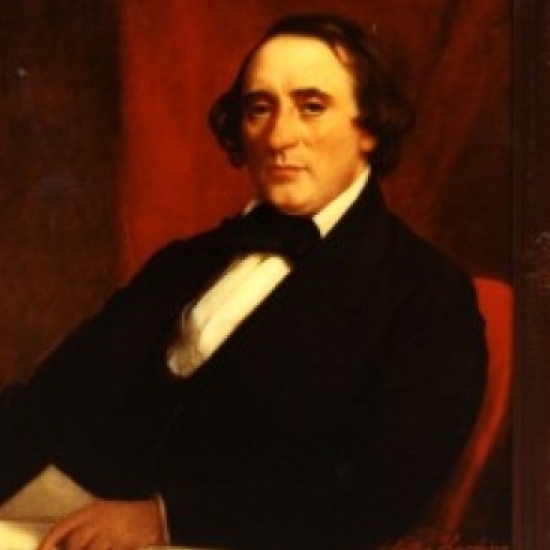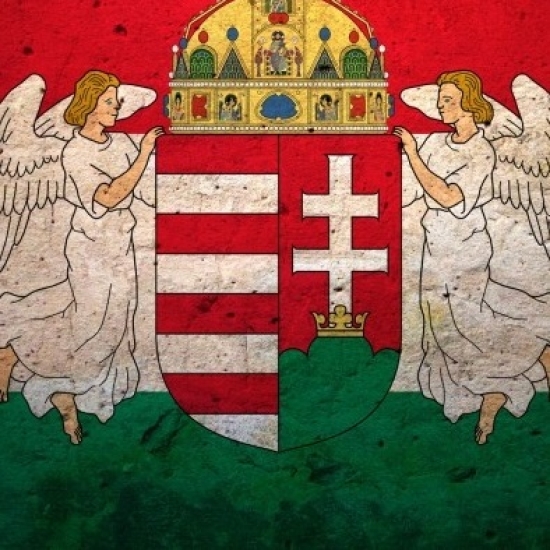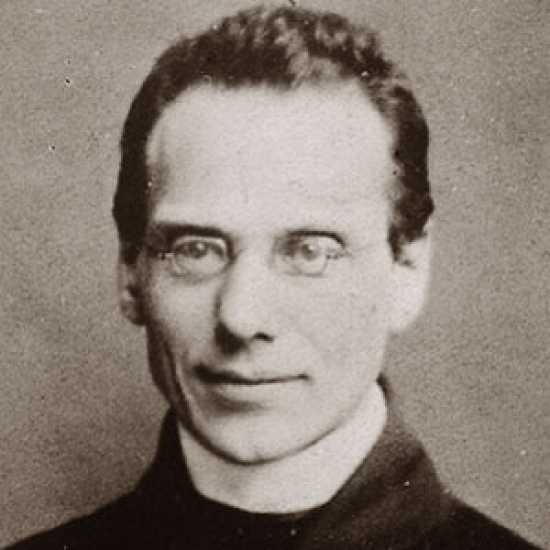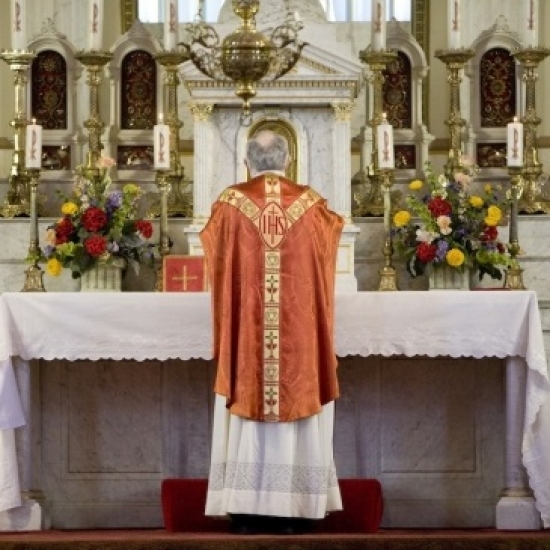19 March 2016, St Joseph, Solemnity (EF Missa Cantata; 8am)
Introit: Justus ut palma
Gradual: Domine praevenisti,
Tract: Beatus vir
Offertory: Veritas mea, with verses from Offertoriale Triplex
Communion: Joseph fili David
Recessional: Ave Regina Caelorum, PBC, p. 120
Ordinary from Mass IV, but Ambrosian Gloria. Credo I.
The Introit antiphon has two phrases:
- Justus ut palma florebit: sicut cedrus Libani multiplicabitur
- plantatus in domo Domini, in atriis domus Dei nostri.
The psalmist compares a righteous person to a palm tree, modest, deriving next to nothing from the earth, rising from comparatively barren soil, but growing heavenwards and absorbing the light of the sun. And like the cedar which spreads its branches far and wide in protection, his life is characterized by faithfulness and firmness of character. The second phrase indicates the source from which such a life draws its great beauty and power: the temple of God, union with God and His holy will, life in heaven. Where this union is forged, we find the house of God on earth (domus Dei nostri).
Both phrases contain parallelisms so characteristic of Hebrew poetry. The word palma corresponds to cedrus, florebit to multiplicabitur, domo to atriis. Both phrases have practically also the same divisions. The first part of the first phrase rests on f, the second part on a. In the second phrase f is again predominant, g occurring occasionally.
The peace and serenity which the righteous enjoy pervade the entire antiphon. Justus fashions a motif of its own and forms the grammatical as well as the spiritual subject of the Introit. Sing the melody of this Introit not in a heavy way but rather airily and at the same time with great delicacy. The strophici over florebit should be sung decrescendo. The motif over ut palma is amplified over cedrus Libani; c d f f becomes c d f g a a. The tarrying on the dominant a might suggest the idea of multiplicity, extension, and expansion of branches. The first syllable of multiplicabitur forms a rhythmic upbeat followed by several groups of two notes: aa, ac, aa, ga, gg, fg, fg.
The second phrase emphasizes serenity and firmness. The melody over domo (Domini) is echoed over domus (Dei), while that of the reverential Dei is repeated over nostri. In some older manuscripts this melody occurs on the feast of Pope St. Stephen.
The Gradual has two phrases in the corpus and two in the verse:
- Domine, praevenisti eum in benedictionibus dulcedinis:
- posuisti in capite ejus coronam de lapide pretioso.
- V. Vitam petiit a te
- et tribuisti ei longitudinem dierum in saeculum saeculi.
In St Gall 339 this Gradual is assigned to the feast of St. Adrian. Later it was embodied in the Common of Abbots. The first phrase of the corpus ascends majestically when telling of the blessing which surpasses all understanding. The distribution of notes over benedictionibus is striking. Principal as well as secondary accents have each only one note, whereas in each case the syllable following has 2, 5, and 5 notes respectively. The motive over (praeve)-nisti eum is repeated in practically the same form over pretioso and in accordantly extended form over -bus dulcedinis and ejus coronam. Over -(tu)-dinem in the verse, this motive assumes the form fdec c. In place of the descending fourth g-d, posuisti and Vitam have the fourth a-e. The melody over posuisti repeats itself over Iapide. The last three groups of neums over -(o)-so form the jubilus in the typical Alleluia of the fourth mode which is sung, for example, on the third Sunday of Advent. The pressus, however, is missing here before the last note.
The high c over vitam should be sustained rather than abbreviated. The tempo is gradually accelerated; the last three notes, however, are retarded. The Alleluia of the Tuesday after Easter greets the risen Saviour (Surrexit) with the same melisma. The melody over et tribuisti ei recurs over dierum in saeculum. An attempt at tone-painting reveals itself in the retarded notes over (longi)-tudinem. The Gradual of the twenty-second Sunday after Pentecost, and with minor variations the Alleluia-verse of the fourth Sunday of Advent and the twentieth Sunday after Pentecost, close with the melody over saeculum. This verse is written in the first mode, which also prevails in the corpus. The final comes almost as a surprise.
The Tract has three phrases, each of which are divided:
- (a) Beatus vir, qui timet Dominum:
(b) in mandatis ejus cupit nimis. - (a) Potens in terra erit semen ejus
(b) generatio rectorum benedicetur. - (a) Gloria et divitiae in domo ejus:
(b) et justitia ejus manet in saeculum saeculi.
In its second half each verse has the same formula which, descending to the tonic, sets in one syllable before the word-accent: -is ejus, rec-torum, -a ejus. The first and second verse have the same final cadence, a change from b to b♭ being introduced. The melodies of the second and third verse are identical up to the florid close over saeculum saeculi. Happy St. Joseph, who in the fear of the Lord, even at the cost of great sacrifice, promptly and joyfully carried out every commandment of God. From the house of Nazareth have flowed great and innumerable blessings to the entire world. Many manuscripts assign this composition to the feast of Pope St. Gregory the Great.
The Offertory has two phrases:
- Veritas mea et misericordia mea cum ipso:
- et in nomine meo exaltabitur cornu ejus.
This piece marks the only place in the Graduale where the Fa clef is on the fourth line. This would indicate that the melody has a strong tendency to descend. The first half of the first phrase with a range of but five note moves in intervals of seconds and thirds (repercussion); the second half has one interval of a third, with the other intervals seconds. Over the word ipso the melody modulates to a full step below the tonic —a turn much favored by the second mode. The second phrase has a range of an octave and comparatively large intervals; there are, however, fewer neums on individual syllables than in the first phrase. The melody over -cordia recurs over mea, and in an abbreviated form over ejus. The melody is solemn and well sustained, which is all the more fitting when the Scriptures are quoted. God redeemed His promises in the mystery of the Incarnation and thereby exemplified His fidelity and mercy. St. Joseph was chosen the guardian of this mystery. The text, however, may also bear a particular application to the saint. He possesses the Truth of that God who said: ‘I am the Truth.’He was privileged to spend years in the most intimate companionship of Jesus and Mary. God ordained him (cf. the Preface of the feast) to be the Spouse of the Virgin Mother of God and placed him, his faithful and prudent servant, at the head of the family, that he might be the foster father of the Only-Begotten, conceived of the Holy Ghost. The eternal decrees provided for the exaltation of this humble and hidden Saint of God, and determined him the protector of the universal Church. Such is the providence of God, portrayed by the triumphant ring of the melody with its major chord over nomine meo. The manuscripts assign this number to the feast of Pope St. Marcellus.
The Communion has two phrases:
- Joseph, fill David, noli timere accipere Mariam conjugem tuam:
- quod enim in ea natum est, de Spiritu Sancto est
Both phrases have similar divisions. The first phrase begins on g-c, tarries on d and g, and concludes on the tonic. The second phrase begins on g-d, makes a half-pause on d and with a florid melisma closes on the tonic. The significant words Maria and Spiritu are well emphasized in both phrases. The melodic distinction given to est at the end of the two half-phrases is conspicuous and provocative of thought. The original is embodied in the Communion EruMscant of the Monday of Holy Week. The first phrase develops freely in its first half. After that there is an apparent correspondence between various members of today's Communion and the Communion Erubescant: accipere Ma-(riam) and gratulantur ma-(lis), (con)-jugem tuam and (ma)-lis meis, in ea natum and (indu)-antur pudore, est and (-ti) -a. Spiritu is again treated more freely, while Sancto est corresponds to (ad)-versum est. Indeed, the Communion text holds glad tidings for St. Joseph, following as they do the painful anxieties and doubts and fear he experienced. Now he will not need to separate himself from her whom he regarded as the purest of Virgins and whom he loved with the chastest love. The close relation with the supernatural and miraculous paralyzed his soul, St. Bernard says. He has been initiated by the Angel into the mystery of the Incarnation, into the miraculous operation of the Holy Ghost in the womb of his Spouse—the Holy Spirit ever co-operates at the celebration of the Holy Eucharist.
